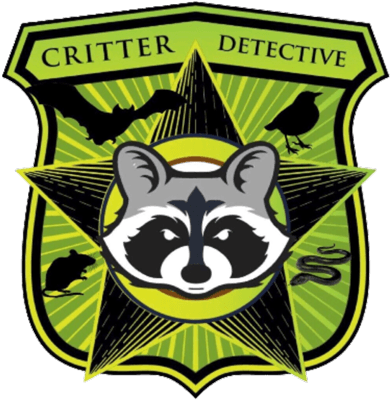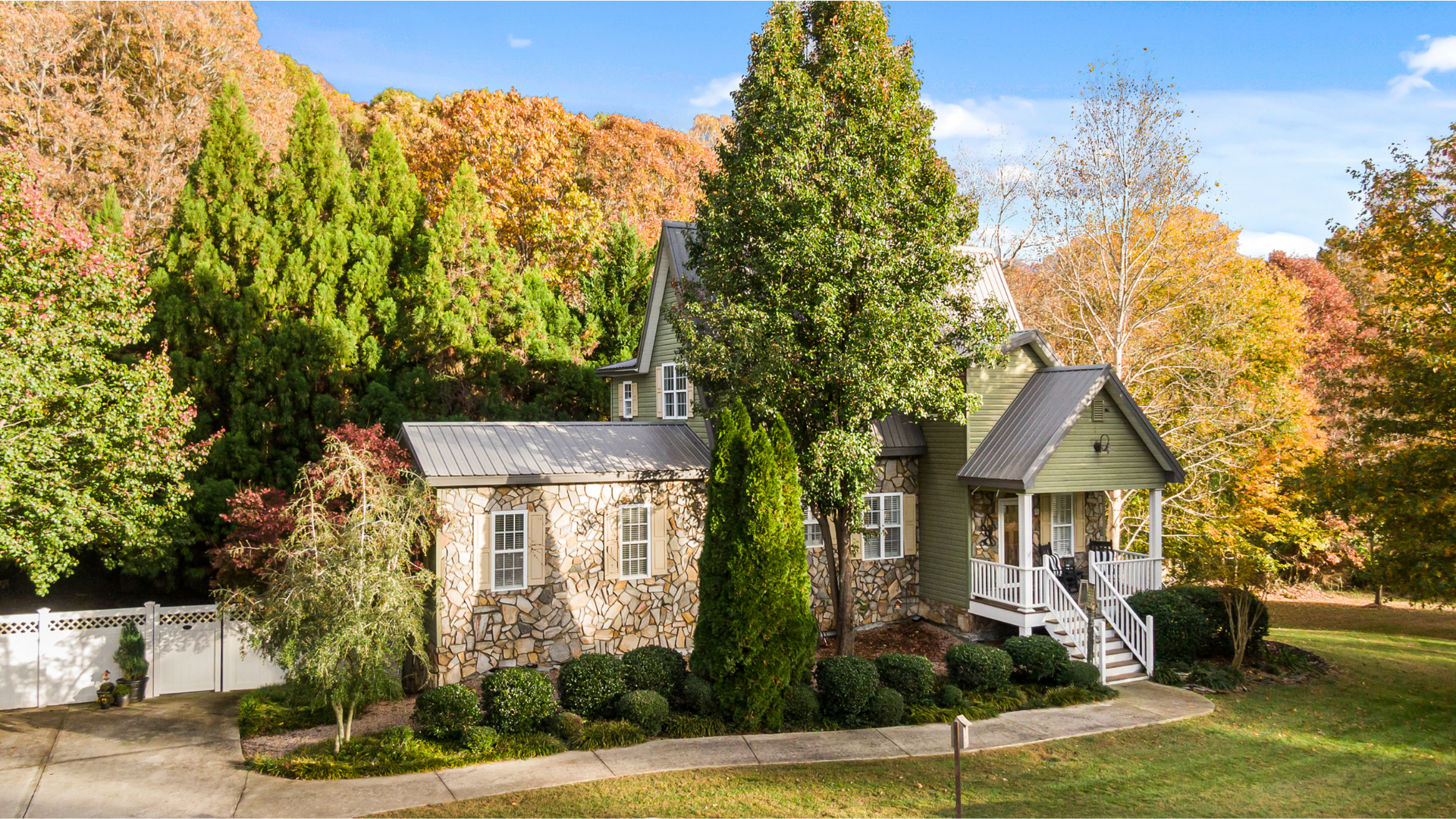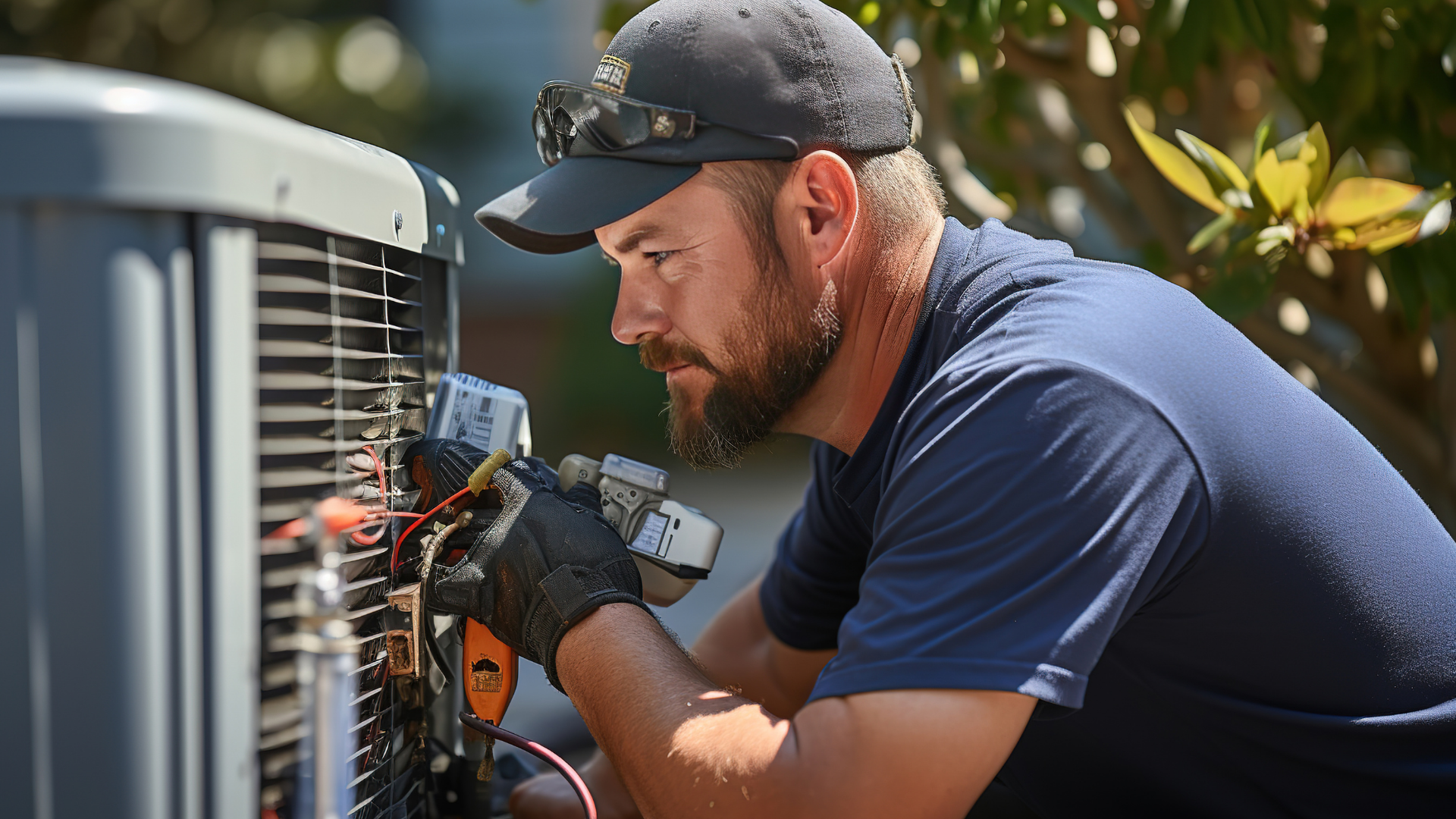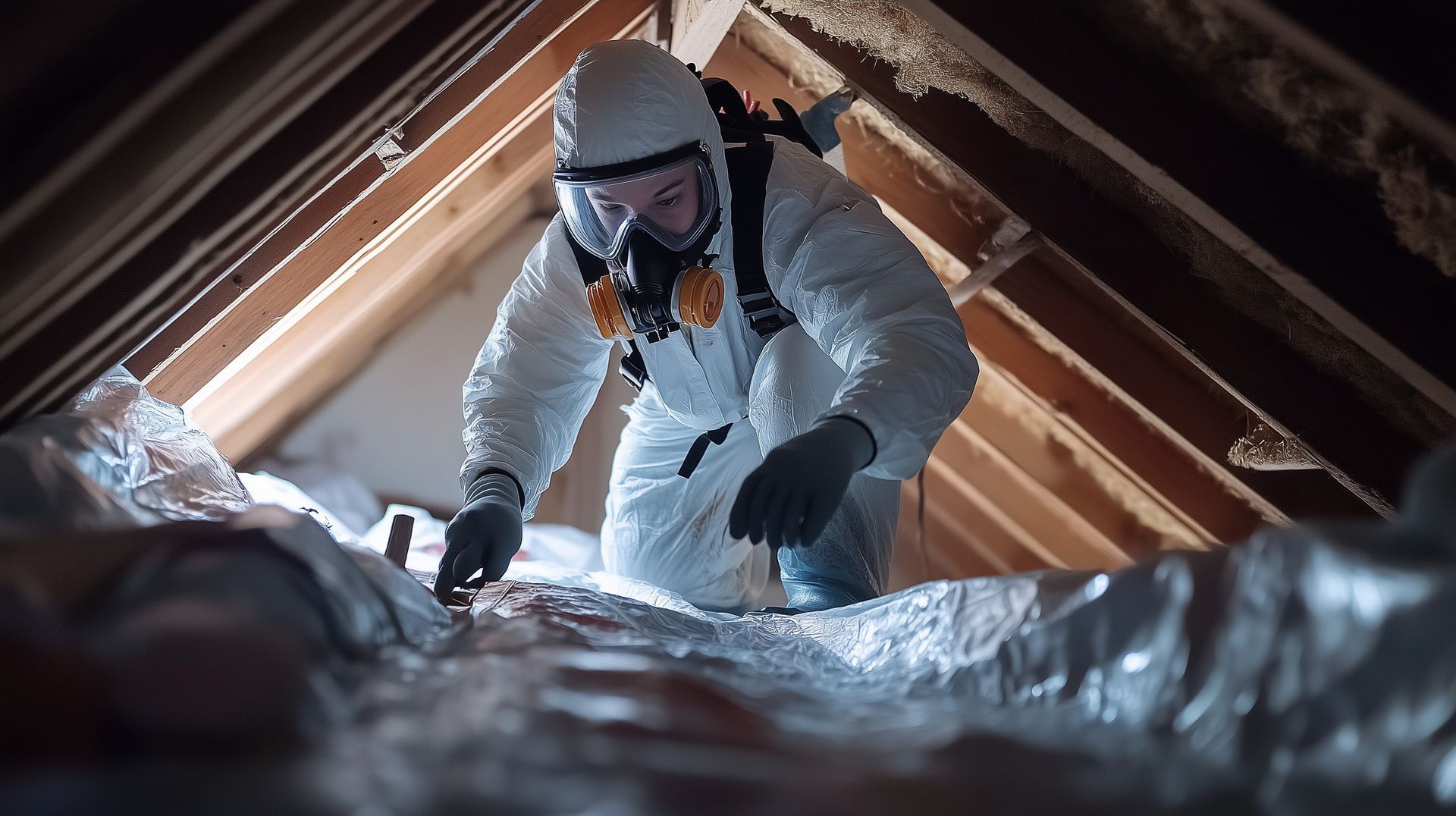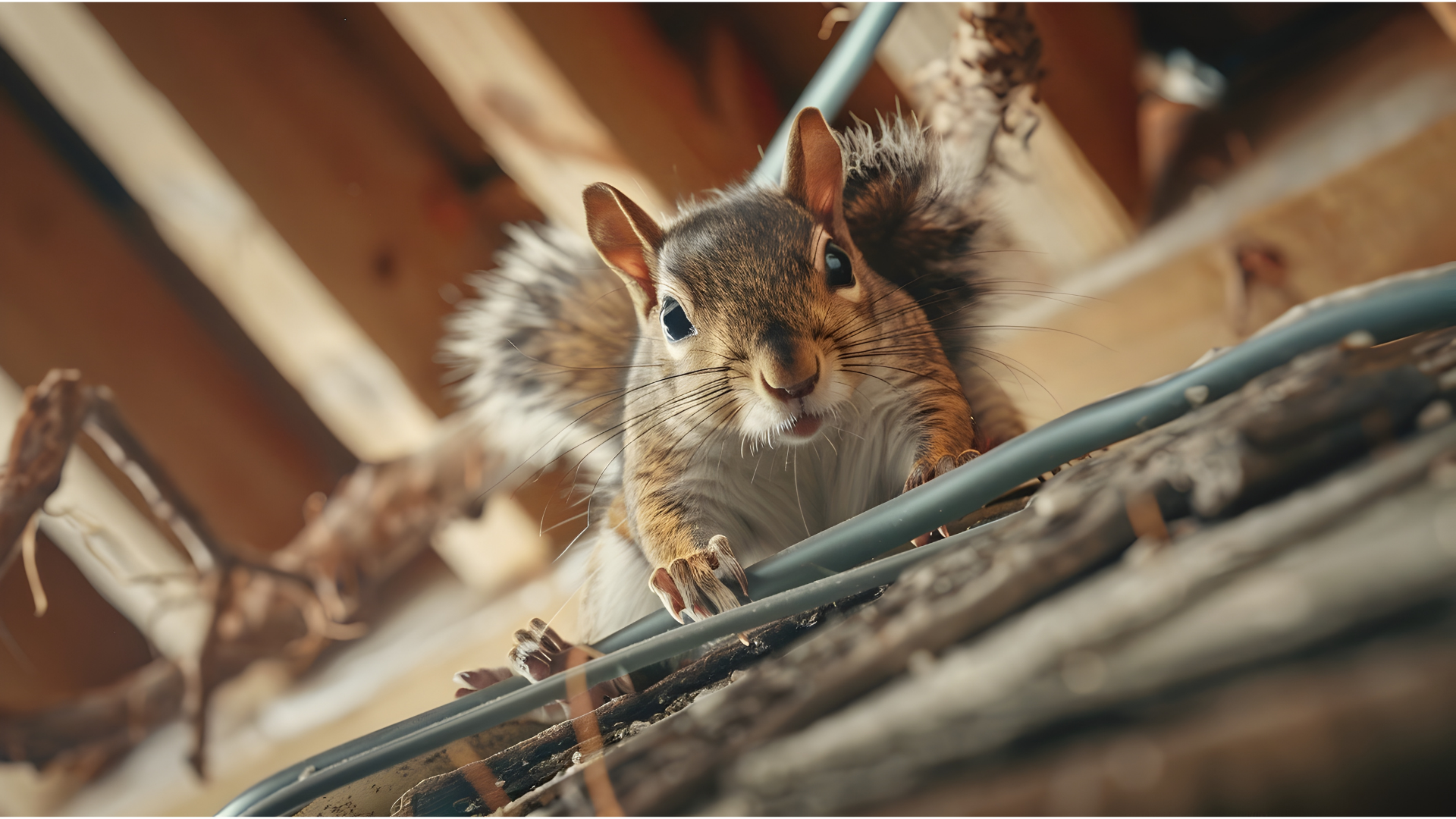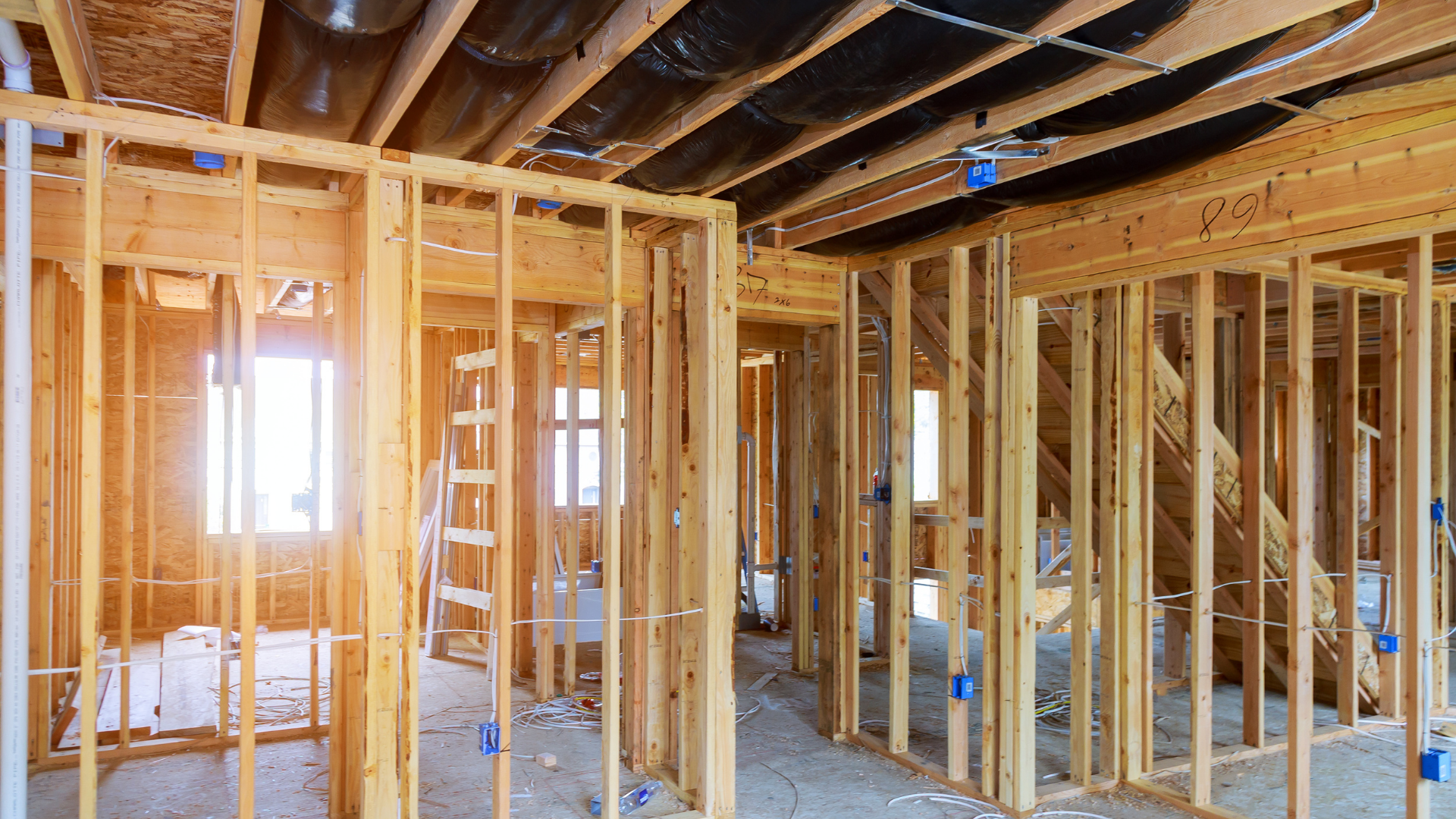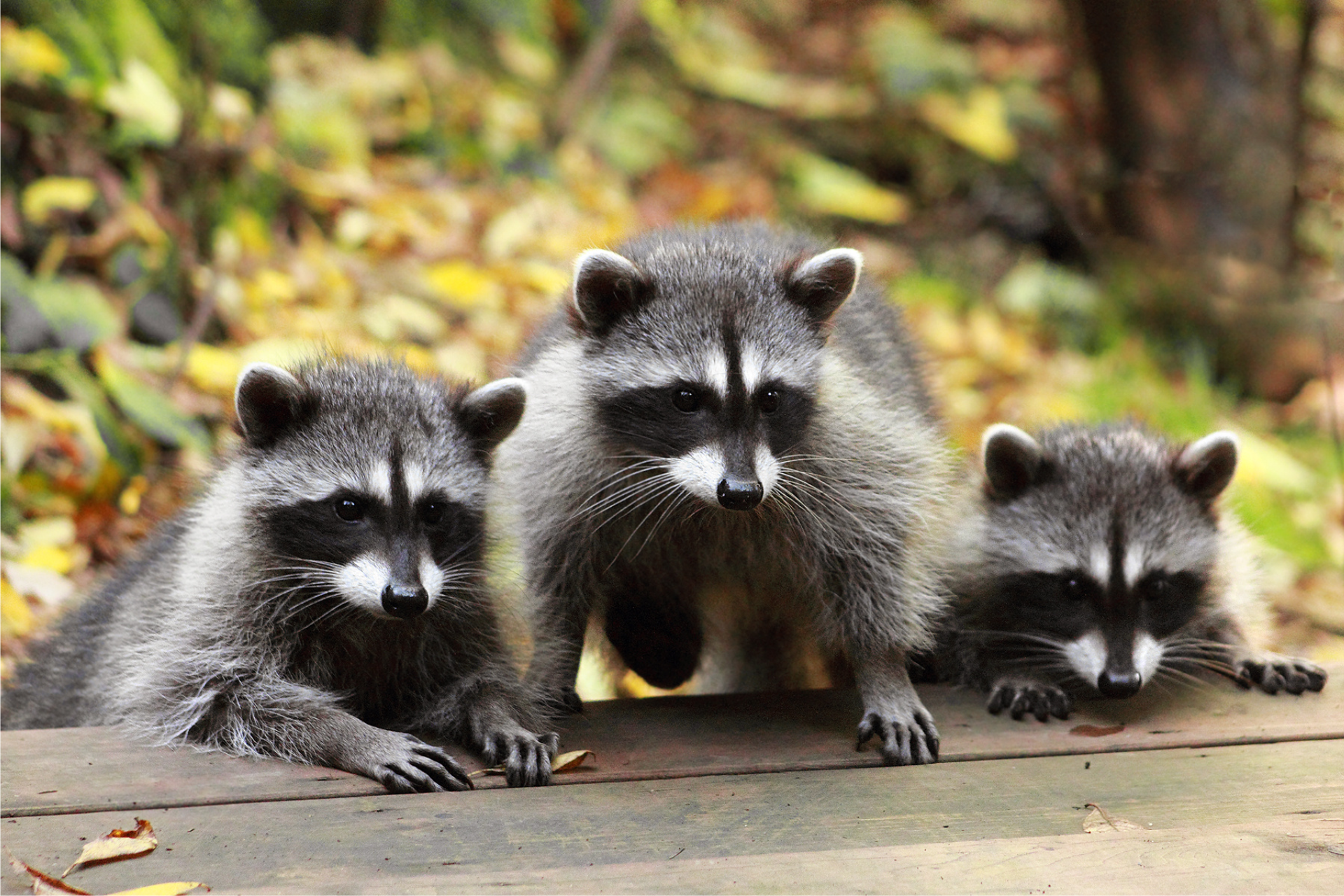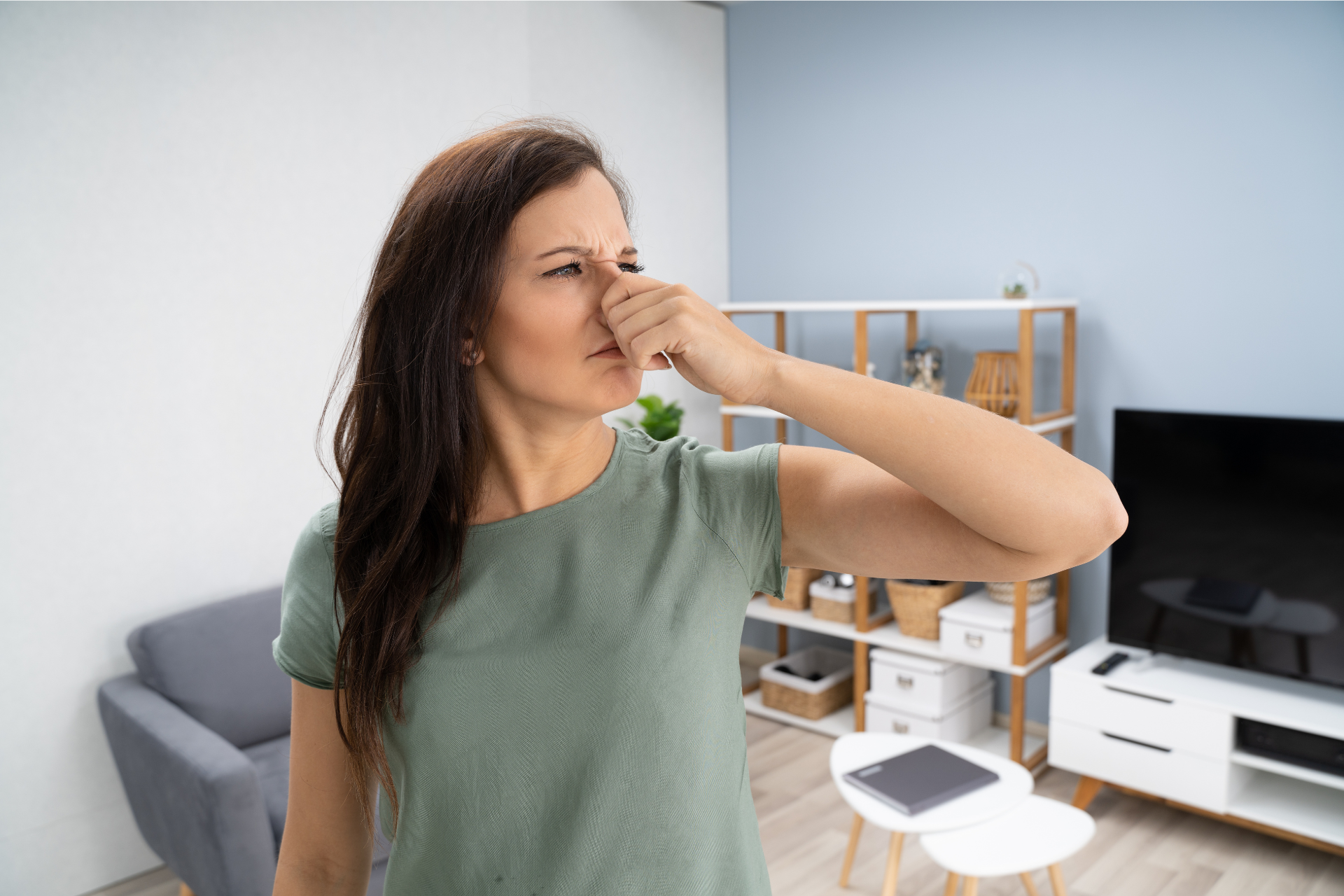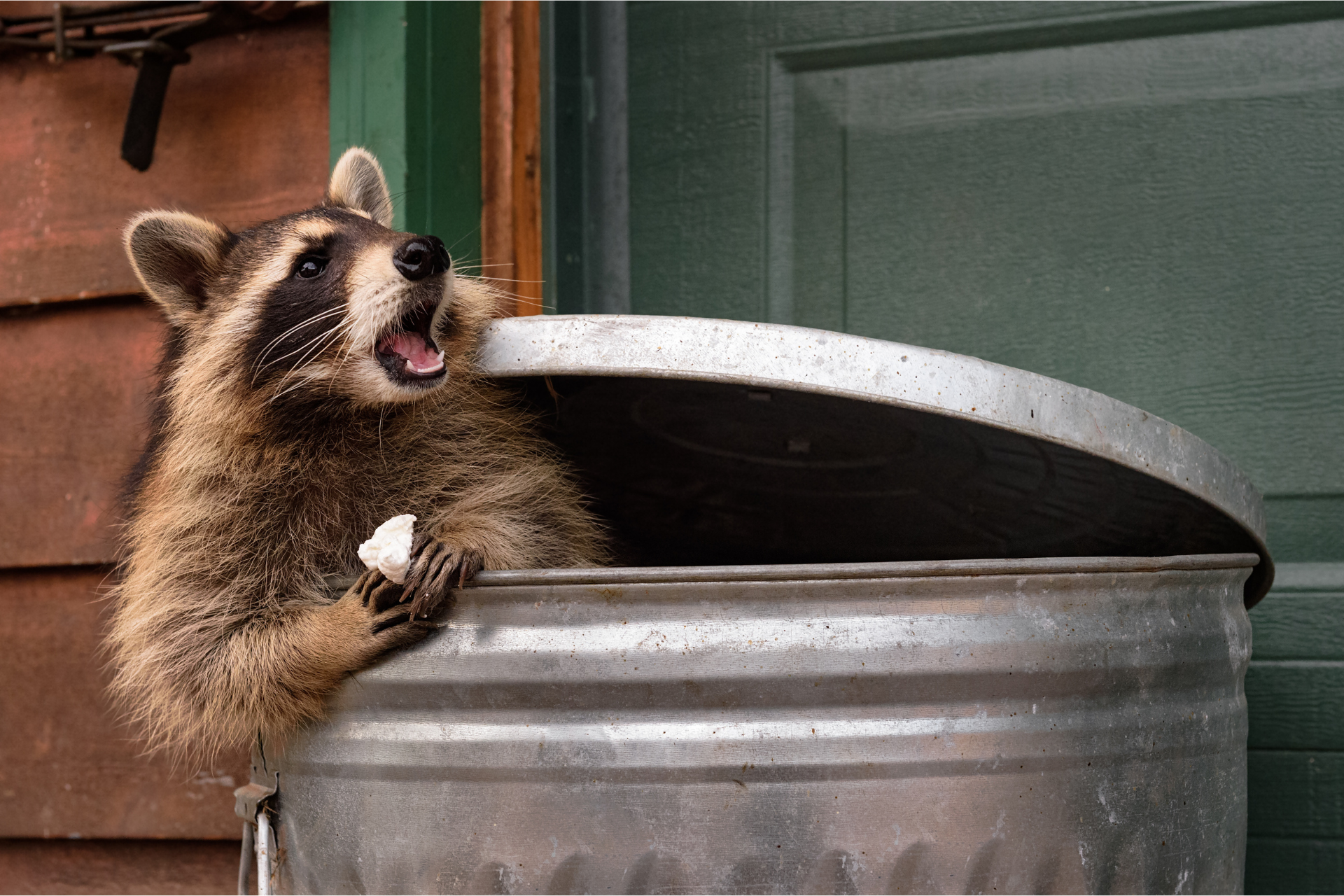Why Prevention Is Cheaper Than Removal
Cost Differences Between Wildlife Exclusion And Infestation Cleanup
It’s easy to shrug off a small noise in the attic or a rustling in the wall, especially when it doesn’t seem to be causing much harm—yet. But when wildlife finds a way into your home, they’re not just looking for a place to crash. They’re setting up shop, nesting, chewing, soiling insulation, and turning your space into theirs. By the time you realize you’ve got an actual problem on your hands, the damage is often extensive, and worse, expensive.
One of the biggest misconceptions people have is that wildlife removal is a one-and-done deal. The reality is, once animals have entered a space, it’s rarely just a matter of shooing them out. You’re often looking at cleanup, repair, deodorization, sometimes full insulation replacement. And depending on how long they’ve been nesting, they might’ve brought parasites or other pests with them. It spirals quickly—what started with a raccoon in the attic can turn into several thousand dollars’ worth of structural damage, rewiring, and pest control.
On the other hand, proactive prevention—sealing off entry points, trimming back inviting tree limbs, reinforcing crawlspaces—costs significantly less upfront. It’s not flashy, and you won’t see an immediate payoff like you might with removal. But it’s quietly working in the background, sparing you from a very expensive surprise later on.
Think of it this way: paying to block access before a problem exists is like changing your car’s oil. It’s basic maintenance that keeps you from a costly repair later. Waiting until there’s a squeal under the hood? That’s when the bills get big.
Why Animals Target Certain Homes
Wildlife doesn’t just invade homes on a whim. They’re incredibly opportunistic. They’re looking for warmth, shelter, food, and protection from predators, and they’re pretty good at sniffing out the easiest targets. Homes with open chimneys, uncapped vents, cracked soffits, or even just loose siding are prime real estate. They don’t need a gaping hole—just a small gap is enough for mice or squirrels to squeeze through.
Once inside, the animal won’t just quietly coexist with your family. Rodents chew through insulation and electrical wiring, which doesn’t just damage your home—it increases your fire risk. Raccoons, possums, and bats bring a whole host of health concerns, particularly when it comes to droppings and urine. Over time, that contamination can impact your air quality and even pose biohazard risks, especially in HVAC-connected spaces like attics and walls.
And they’re not subtle houseguests. Scratching, squeaking, thumping—animals in your home make their presence known, often at the worst hours. But by that point, they’ve already done the hard part: they’ve gotten in. Now you’re in damage-control mode, which is going to cost more, take longer, and be far more disruptive than preventing the intrusion in the first place.
It’s not just the structure that suffers, either. Personal belongings stored in attics, garages, and sheds often fall victim to nesting behavior. Heirlooms, keepsakes, off-season clothing—once they’re soiled or shredded, they’re rarely salvageable. That emotional cost is something people don't think about until it's too late.
Prevention Isn’t Just Physical—It’s Strategic
Effective wildlife prevention doesn’t just mean hammering a few boards over holes or spraying repellent around the yard. It’s a strategy. It involves understanding the behaviors of local wildlife, identifying the weak points in a structure, and then taking action to fortify them. The approach is thoughtful and deliberate, based on real-world experience with how and why animals target certain structures.
For instance, knowing that squirrels can leap from trees to rooflines helps you recognize why trimming back certain branches matters. Realizing that bats can squeeze through gaps as small as a half-inch highlights why thorough inspections—done with a trained eye—are so essential. Prevention isn’t about creating a fortress; it’s about removing the things that make a structure inviting.
What often surprises people is how much of prevention is low-effort once the initial work is done. Once you’ve sealed off access points, installed one-way exits, and made the environment unappealing to opportunistic critters, ongoing maintenance is minimal. And it’s not just about avoiding intrusion—it’s about keeping your home and property intact, sanitary, and free from recurring headaches.
This is especially important for older homes, which often have charming architectural details but less-than-charming structural vulnerabilities. Gaps in eaves, aging vents, or decorative crawlspaces can unintentionally provide a welcome mat for animals if they’re not reinforced properly. Prevention makes those details less of a liability.
Timing Makes All the Difference
There’s a window of opportunity with wildlife. If you can stop them before they get in, you retain control. But once they’re in, things start to escalate fast. Animals don’t wait around—they nest, multiply, and settle in. And the longer they’re inside, the more damage they cause, and the more entrenched they become. Removal turns into a drawn-out ordeal, not just because of the labor, but because of the cleanup, the decontamination, and the follow-up monitoring that has to happen afterward.
That’s where prevention shows its value. You’re essentially flipping the script—keeping the problem from ever starting. The money you spend on exclusion up front pales in comparison to the money you’ll spend on emergency services, repairs, and biohazard cleanups later. Not to mention the peace of mind that comes with knowing you’re not sharing your home with anything unexpected.
Even in cases where a house hasn’t had a history of wildlife problems, it makes sense to be proactive. Habitat shifts, seasonal migrations, and neighborhood development can suddenly bring animals to your area that weren’t there before. The house that was fine last winter might suddenly be on every raccoon’s radar this fall. The earlier you get ahead of that curve, the more you save in the long run.
At Critter Detective, we’ve seen what happens when wildlife goes unchecked. We’ve climbed into attics that were practically ecosystems of their own. We’ve had to tear out moldy insulation, replace gnawed wiring, and disinfect entire spaces that were overrun. And the one thing we say every time? This could’ve been avoided.
That’s why we believe prevention isn’t just a good idea—it’s the smarter investment. We’re here to help you fortify your home or building so it doesn’t become another animal’s den. If you’re curious about what might be attracting wildlife to your space, or you want a professional set of eyes to assess your risk, contact us today. At Critter Detective, we don’t just solve problems—we help make sure you don’t have them to begin with.
